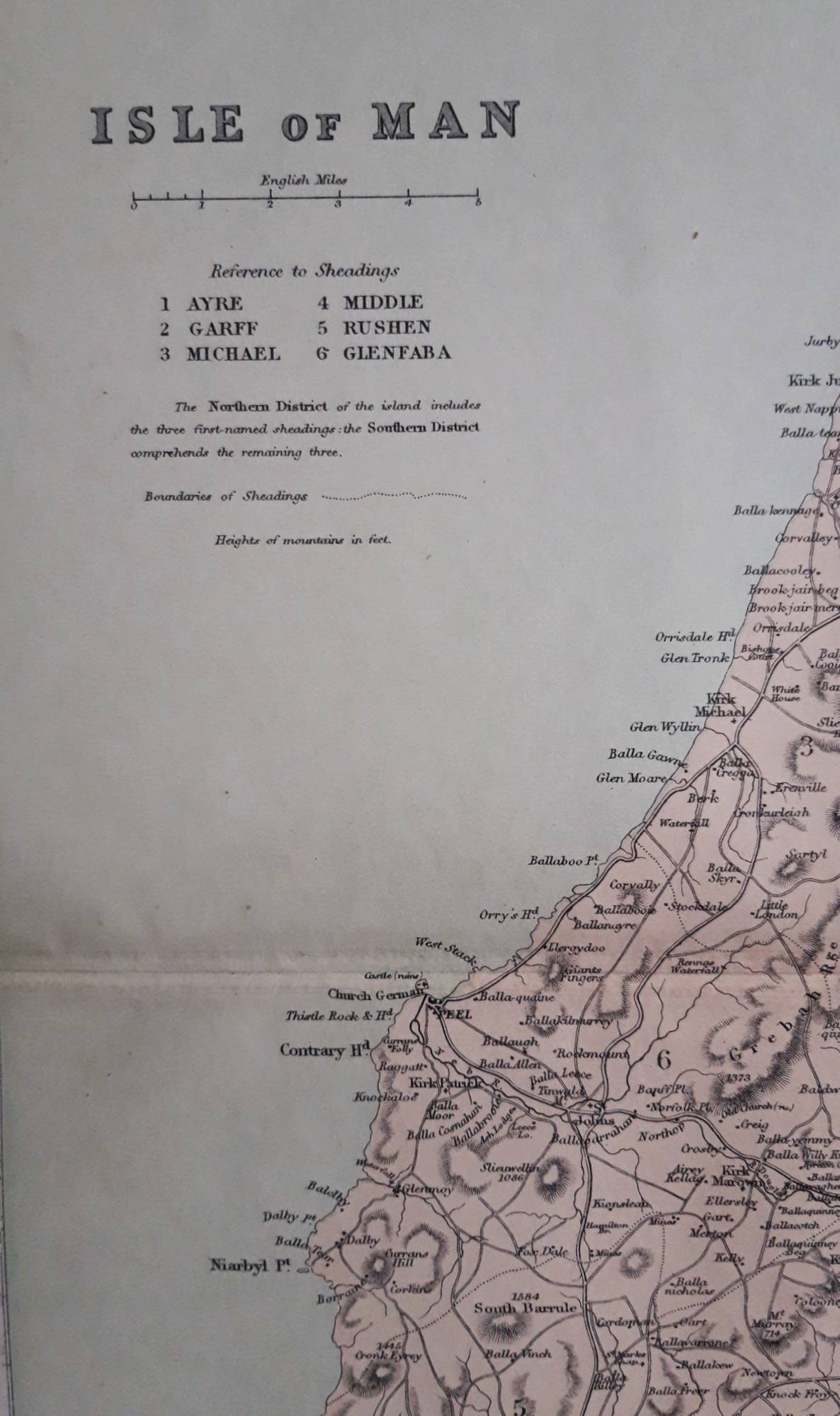
The history, the concepts and categories of cartography cannot be neglected in using this type of tool since the use of elements that make a cartographic product, as an example: map, chart, plan, globe, and a scale model should be used since the unawareness of techniques of cartography and the absence of the components of a map may hinder the understanding of what is intended to represent cartographically. The activities of the professionals working on cartographic products have been highlighted espe- cially in recent years. Received 20 September 2014 revised 20 October 2014 accepted 14 November 2014
CARTOGRAPHICA MAP MAN LICENSE
This work is licensed under the Creative Commons Attribution International License (CC BY). They can highlight the issues of the day or chart the trajectory of human exploration and advancement.Federal University of Pará (UFPA), Belém, BrazilĮmail: © 2014 by authors and Scientific Research Publishing Inc. Maps can act like a memory frozen in time, as seen in John Auldjo's map of Mount Vesuvius eruptions.

Like art, they use visuals to reveal truths about a particular time and place. Still, all maps serve as some alternate form of world history. “But again, it’s one of those things that pushes the definition of a map beyond its normal form.” “Because it’s showing connections, because it’s showing networks, it’s definitely a map,” says Hessler. Others, like the brain map from the Human Connectome Project, are not maps in the traditional sense, though they do rely on cartographic metaphors.

Visualizations like Aaron Koblin’s Flight Patterns show how data can paint a picture of a place without geography being the original intent. Maps are no longer tied to their geographic underpinnings. While the earliest maps were indeed tools used for wayfinding, today maps are more often about highlighting connections in both the physical and digital worlds. “The lines are beginning to blur between what is big data analysis and what is cartography,” he says. In that way, cartography, once a highly specialized trade, is now more akin to information design. In other words, maps are simply a way to visually present a set of data. “Really what we’re doing is like any visual art or design were taking extreme complexity that takes place in the real world and abstracting it to simple visual images that help us understand complex interactions.” “What we're looking at whenever we’re looking at a map is an abstraction,” he says. But Hessler says there’s a common thread that run through all of them. The book features 300 examples of maps that include such disparate examples as the previously mentioned Facebook network and the stick charts of Marshall Island. In his new book Map: Exploring the World, Hessler outlines the history of maps and explains how they’ve simultaneously evolved and remained the same over thousands of years. The Library of Congress has more than 6,000,000 in its collection, charting everything from Claudius Ptolemy’s earliest visions of the world to glowing representations of F acebook’s networking effects. And he would know.Īs a specialist in modern cartography and GIS at the Library of Congress, Hessler spends a lot of his time around maps. “Trying to define what a map is is pretty difficult,” says Hessler.

CARTOGRAPHICA MAP MAN HOW TO
Yes, maps are visual representations of how to get from A to B, but if you ask John Hessler, they’re more complex than that. And chances are, you’re not totally wrong. You probably think you know what a map is.


 0 kommentar(er)
0 kommentar(er)
